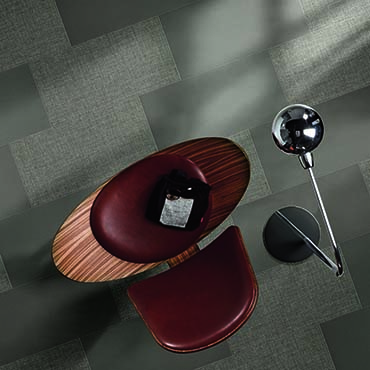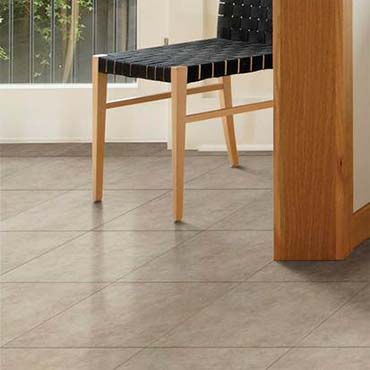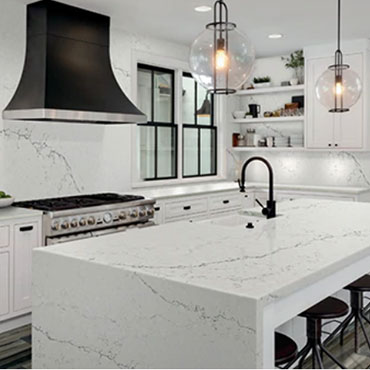Mosaic Tile (glazed)

Glazed Mosaic Tile: A Timeless Choice for Modern Design
In the realm of interior design, materials often come and go, but some, like glazed mosaic tile, stand the test of time. From their humble beginnings as functional elements in ancient Mesopotamian temples to becoming a staple in contemporary design, glazed mosaic tiles have evolved significantly. Today, they are not just about utility but also about aesthetics and creativity.
Types and Characteristics
Glazed mosaic tiles come in a diverse array of types, each with unique characteristics. They range from ceramic and porcelain to glass and
natural stone, offering a plethora of finishes, sizes, and shapes. The glazing process not only adds a protective layer to these tiles but also allows for an endless range of colors and designs. From small, intricate pieces perfect for detailed work to larger, bolder tiles for a more dramatic effect, the variety is immense.
Aesthetic Appeal and Design Versatility
The true beauty of glazed mosaic tiles lies in their versatility. Whether you're aiming for a traditional, rustic look or a sleek, contemporary feel, these tiles can adapt. Imagine a vintage-style bathroom with classic white and blue tiles or a modern kitchen backsplash with metallic-hued pieces. The possibilities are endless, with color palettes ranging from earthy tones to vibrant hues, patterns from geometric to organic, and textures that can be glossy, matte, or even 3D.
Functional Benefits
Beyond their visual appeal, glazed mosaic tiles are celebrated for their practical advantages. Their durability makes them ideal for high-traffic areas. They are water-resistant, an essential feature for spaces like
bathrooms and
kitchens. Plus, their ease of cleaning and low maintenance requirements make them a practical choice for both residential and commercial settings.
Installation Considerations
While the beauty of these tiles is undeniable, proper installation is crucial to ensure their longevity and aesthetic appeal. It involves careful substrate preparation, precise layout planning, and, ideally, professional installation. The right adhesive, grout selection, and sealing methods are pivotal in preventing moisture penetration and ensuring that the tiles stay intact and beautiful for years.
Sustainability and Eco-friendliness
In an age where sustainability is key, glazed mosaic tiles stand out. Many are made from recyclable materials and manufactured through energy-efficient processes. This aspect not only appeals to environmentally conscious designers but also to clients looking for eco-friendly building materials.
Latest Trends in Ceramic Tile Design
The world of glazed mosaic tiles is ever-evolving, with current trends showcasing digital printing technologies that offer even more design possibilities. 3D textures are becoming popular, adding tactile experiences to spaces. Additionally, innovative sizes and shapes are emerging, allowing designers to create unique, eye-catching patterns.
Case Studies
Consider the case of a boutique hotel lobby in downtown New York, where designers used a combination of iridescent glass tiles and ceramic pieces to create a stunning feature wall. Or a residential kitchen in San Francisco that featured a backsplash with hand-painted
ceramic tiles, blending traditional craftsmanship with modern aesthetics.
Conclusion
Glazed mosaic tiles are more than just a design element; they are a fusion of history, art, and technology. Their versatility in design, coupled with their practical benefits, makes them a favored choice in a wide range of interior design projects. From the warmth of traditional designs to the bold statements of contemporary styles, these tiles offer something for every aesthetic. Their sustainable nature and trend adaptability further cement their status as a timeless choice for modern design. As you plan your next project, consider glazed mosaic tiles not just for their beauty but also for their ability to transform spaces into unique and enduring environments.
Disclaimer: The information provided in this article is for general informational purposes only. While we strive to ensure the accuracy and reliability of the information presented, we make no warranties, express or implied, about the completeness, accuracy, reliability, suitability, or availability with respect to the content. Any reliance you place on such information is strictly at your own risk. We recommend consulting with professionals for specific advice tailored to your project’s needs, particularly regarding building codes, regulations, and product specifications.
Under no circumstances shall we be liable for any loss or damage, including without limitation, indirect or consequential loss or damage, arising from the use of, or reliance on, the information provided in this article.







